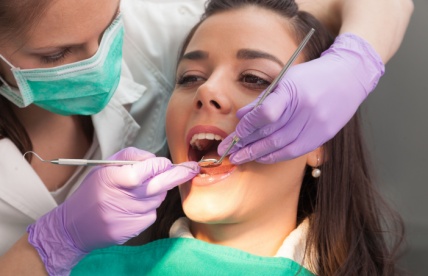
Root canal retreatment is a dental procedure performed when a previously treated tooth develops complications, such as persistent infection, reinfection, or damage to the initial root canal work. This treatment involves reopening the tooth, cleaning and disinfecting the root canals, and resealing them to resolve the issue and save the tooth.
At Los Angeles Emergency Dentist, we specialize in root canal retreatment, using advanced techniques to address complications and restore the health and functionality of your tooth.
Root canal retreatment may be needed in the following situations:
Signs that you may need a root canal retreatment include:
If you’re experiencing any of these symptoms, contact Los Angeles Emergency Dentist promptly for an evaluation.
At Los Angeles Emergency Dentist, we use advanced techniques and tools to ensure a precise and comfortable retreatment process. Here’s what to expect:


Proper aftercare is critical to the success of your root canal retreatment. Follow these instructions to ensure smooth recovery:
Recovery after root canal retreatment is typically quick, but follow-up care is essential to ensure long-term success:
Day 1:
Days 2–7:
Permanent Restoration:
Long-Term Care:

While root canal retreatment is generally successful, it’s important to monitor your recovery and contact us if you experience:
At Los Angeles Emergency Dentist, we’re available to address any concerns and provide follow-up care as needed.


At Los Angeles Emergency Dentist, we provide expert care to address complications and restore the health of your treated tooth.
Quick, efficient care for urgent dental issues.
Skilled dentists with extensive expertise in root canal retreatment.
State-of-the-art tools for precise and minimally invasive procedures.
Sedation options and a gentle approach to ensure a stress-free experience.
Clear instructions and follow-up support for your recovery.
If you’re experiencing pain or complications with a previously treated tooth, root canal retreatment can restore your comfort and oral health. Contact Los Angeles Emergency Dentist today for expert care.
Emergency Care Available 24/7
18740 Ventura Blvd. #108
Los Angeles, CA 91356
Reach our 24/7 patient center at 1818-614-2056 or visit us online to schedule your appointment. Let us help you restore your smile and protect your teeth with professional, compassionate care!
Los Angeles Emergency Dentist, Copyright © 2024. All Right Reserved.